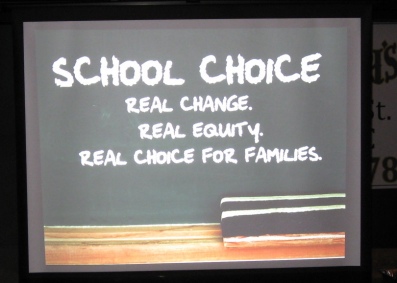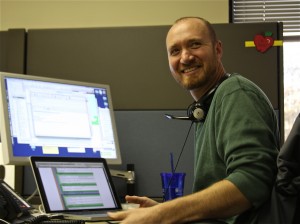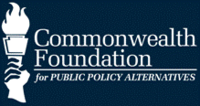Our school’s blog is not all about what our staff and teachers have to say. We want to give students a chance to voice their thoughts as well. This week, welcome to the “Eclectic Corner”: a new blog brought to you by Rachel Durs, a current 21CCCS student. Rachel’s blog for this week is about being different, and why that’s special. Enjoy a taste of something new and tune in for more blogs by Rachel to come!
~~~
There’s no denying that Oscar Wilde said it best: “Be yourself – everyone else is already taken.” Wilde was not only well-spoken. He also a brilliant writer and wonderfully eclectic – two things I aspire to be in my own life. But, by-and-large, I’ll concentrate on just one of these things today (and I bet you can guess which one, given the title of this piece).
It may not feel like being eclectic is a critical issue affecting us today, but it is actually a very important topic worth discussing. This day in age, I feel that society teaches people (children and teens especially) that the most important thing in the world is “fitting in.” If an individual cannot fit in, others may make that individual feel as if his/her life is over. This thinking is not only dangerous. It is inherently wrong.
All our lives, we’ve heard words like “geek,” “nerd,” “eccentric,” and maybe even “eclectic,” thrown out to describe individuals. These terms set people apart because they imply that such individuals do not fit into a larger group. Instead, they are something different. But, not everyone should conform to a specific group identity. In fact, I will argue that being eclectic is not about identifying yourself by specific terms or restrictive character traits. It’s just the opposite.
I picked the term “eclectic” to describe myself because it’s not a negative word in any way, shape, or form. The word “eclectic” means “deriving ideas, styles, or tastes from a broad and diverse range of sources.” It sounds like something we might all want to strive to achieve. Unfortunately, because society asks us to all fit in, individuals who are eclectic are more often labeled as “weird” or “strange,” as opposed to being recognized for their unique and special qualities. I’ll argue that being “weird” is the best possible thing that could happen to a person, and I can guarantee that there are more of us eclectics out there than anyone realizes. All we need to do is find each other and embrace that so-called “weirdness,” and re-identify it as being “eclectic.”
The truth of the matter is that “normal” does not exist. There is no “normal” human being; everyone has his/her own unique spin on life. We have different interests and hobbies, loves and hates, or things that make us cry. Every person on earth is an individual, making him different in a number of ways. People are like puzzle pieces. Every puzzle piece has its own unique picture and surface. There are some pieces that absolutely do not fit with each other, making assembly more difficult. Individuals in society may reject the pieces that don’t seem to fit. But, a box of puzzle pieces will allow that a picture will emerge once all the pieces have been put in their proper spots. In the end, it’s all a matter of finding which pieces match up with each other, no matter how different they are.
I think life is that “bigger picture” and everyone here is an individual picture looking for another piece to bind to. You may think that piece on the other end of the board has nothing in common with you, but since you’re all part of the same picture, surely there must be something. Together, we all “fit in” because we are all a part of making the picture. How does this translate to our everyday lives? Above all, realize that being yourself is always the best way to go. Be true to who you are.
Thank you for reading and I hope to see you back here soon.













 What does a proposal of this nature mean for Pennsylvania’s charter and cyber school populations? If passed, it could mean a lot of things. Among the action items are goals to address the current special education funding formula, the calculation of school district deduction allowances, direct payment planing for charter schools, and the charter renewal processes. This is a significant piece of legislation, as it speaks to some of the concerns voiced across the state for several years.
What does a proposal of this nature mean for Pennsylvania’s charter and cyber school populations? If passed, it could mean a lot of things. Among the action items are goals to address the current special education funding formula, the calculation of school district deduction allowances, direct payment planing for charter schools, and the charter renewal processes. This is a significant piece of legislation, as it speaks to some of the concerns voiced across the state for several years.